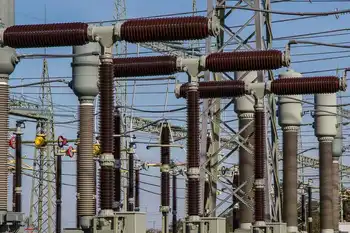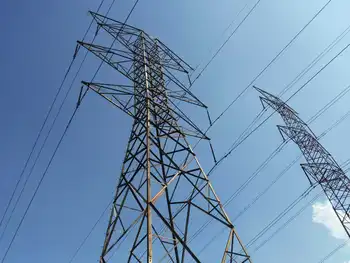Ocean Power Technologies wins $2 million award
By Business Wire
High Voltage Maintenance Training Online
Our customized live online or in‑person group training can be delivered to your staff at your location.

- Live Online
- 12 hours Instructor-led
- Group Training Available
The DoE grant will be used to help fund the fabrication, assembly and factory testing of the first PowerBuoy to be installed at the Reedsport site. This system will be a 150 kilowatt-rated PB150 PowerBuoy, major portions of which will be fabricated and integrated in Oregon.
This is the first award for the building of ocean wave energy systems by the DoE, and the company believes it is indicative of the growing recognition and support of wave energy within the U.S. federal and state governments.
OregonÂ’s Governor Ted Kulongoski has emphatically recognized the importance of wave energy in playing a key part in helping Oregon reach its renewable energy goals for the future. This has included formation of the Oregon Wave Energy Trust, which provides funding for initiatives in furtherance of the StateÂ’s realizing benefits from wave energy.
OPT has been an active participant with many stakeholders in the State and along the Oregon coast, working with fishing, conservation, municipal, State, federal and other groups.
Dr. George Taylor, Chief Executive Officer of OPT, said: “We are very pleased to receive this award from the US Department of Energy in support of our Reedsport, Oregon project. In line with recent recognition by the U.S. Congress of ocean wave energy’s importance in the renewable energy sector, this award provides important support to the construction of our first 150 kW PowerBuoy to be deployed in the US. We also appreciate the support of the Oregon Congressional delegation in sponsorship of this award.”
He further noted, “Energy experts have recognized the potential for US wave energy resources to provide a significant portion of the nation’s energy needs. With the recent announcement of the installation of our first commercial wave energy system for Iberdrola off the coast of Spain, OPT is at the forefront of developing utility-scale wave power projects on a global basis.”
Installation of the first PB150 PowerBuoy is the initial phase of OPTÂ’s project to install ten PB150 PowerBuoy systems generating a total of 1.5 MW at a site approximately 2.5 miles off the coast near Reedsport. That represents enough electricity to supply up to 1,500 homes annually.
The first PowerBuoy is expected to be ready for deployment in the second half of 2009. This will be followed by the manufacture and installation of the additional nine PB150 PowerBuoys, expected to commence in 2010 after receipt of FERC permitting.
When completed and grid-connected, OPT will realize revenues from the sale of energy to the grid.
In addition, the ten-PowerBuoy wave power station will provide important operating and environmental data for the future development of wave energy on the Oregon and the U.S. west coast and is expected to be the largest installation of its kind in the US. PNGC Power, a Portland, Oregon-based electric power cooperative, has also provided funding toward the Reedsport project, and is supporting OPT in other aspects of the development of the project.
This includes providing its grid interconnection expertise, as well as its experience in meeting the standards of the Bonneville Power Administration, which operates much of the regionÂ’s power system.
Furthermore, as part of the companyÂ’s future development of the site OPT applied for, and has been issued, a preliminary permit by the Federal Energy Regulatory Commission for expanded capacity at the Reedsport site.











